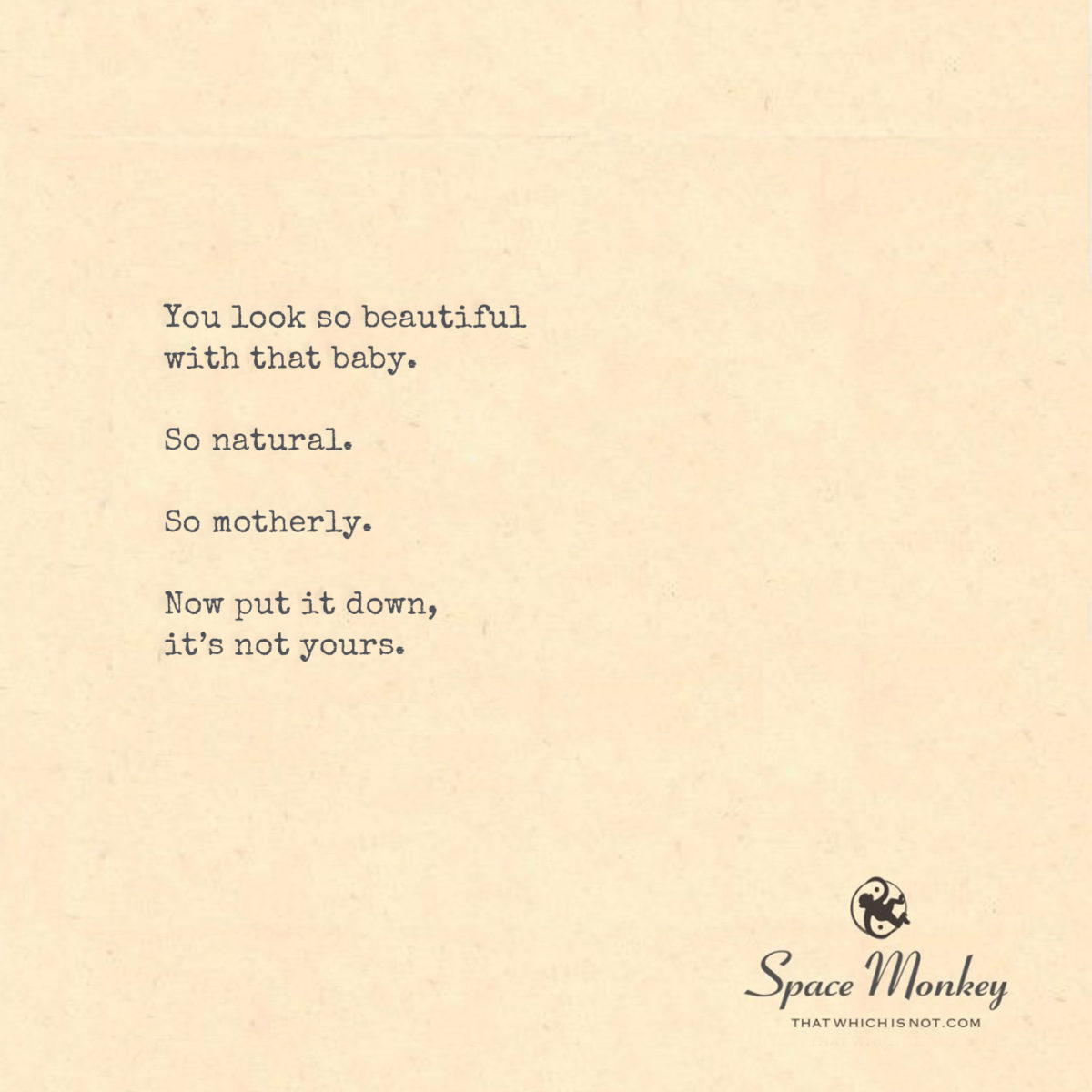
You look so beautiful
with that baby.
So natural.
So motherly.
Now put it down,
it’s not yours.
Trail Wood,
3/4
We find ourselves amidst a vignette, a scene unfolding, capturing a moment both tender and jarring. The imagery evokes a duality, the beauty of a maternal embrace contrasted sharply with the reality of detachment and boundaries.
A Tender Yet Jarring Scene
In this moment, the observer is struck by the serenity and natural grace of the figure holding the baby. It’s a scene that resonates deeply within our collective psyche, tapping into the universal archetype of the caregiver, the nurturer. The sight of such a bond, even if only perceived, stirs something primal and comforting.
The Universal Archetype of the Caregiver
However, this serenity is abruptly disrupted by the realization that the bond, while visually compelling, is not rooted in reality. The admonition, “Now put it down, it’s not yours,” jolts us back to a different reality. It speaks to the complexities of human relationships and boundaries, the unspoken rules and invisible lines that govern our interactions. It’s a reminder of the distinction between appearance and reality, between the roles we play and the truths we live.
Complexities of Human Relationships and Boundaries
This scenario also touches upon the notion of possession and ownership, particularly in the context of human connections. The statement “it’s not yours” implies a proprietary claim, a boundary drawn around the child that is both literal and symbolic. It raises questions about what it means to possess or belong to someone, and the nature of attachments we form.
Notions of Possession and Ownership in Human Connections
Simultaneously, this tableau also speaks to the broader theme of societal expectations and norms. The initial observation, “You look so beautiful… So motherly,” reflects a common societal archetype about women and motherhood. It highlights the often-unquestioned assumptions and stereotypes about gender roles and the idealization of motherhood as a woman’s ultimate fulfillment.
Societal Expectations and Gender Roles
However, amidst these layers of meaning and interpretation, there lies a more subtle, yet equally profound, insight. This scene, brief as it may be, encapsulates the human capacity for empathy and care, regardless of biological or legal ties. It underscores the idea that the ability to nurture and love is not confined to specific relationships or formal structures. It is a universal potential that resides within us all.
Human Capacity for Empathy and Care
Summary
We are exploring a poignant scene where a person is seen holding a baby, embodying the essence of motherhood. This beautiful, nurturing image is suddenly challenged by the words “Now put it down, it’s not yours,” highlighting the complexities of human relationships, societal norms, and the nature of possession and attachment. This moment serves as a reminder of the arbitrary boundaries we often place on our capacity to care and connect, irrespective of societal constructs.
Glossarium
- Vignette: A brief yet evocative description, account, or episode.
- Archetype: A very typical example of a certain person or thing; an original model after which others are patterned.
- Primal: Essential; fundamental.
- Proprietary: Relating to an owner or ownership.
- Tableau: A group of models or motionless figures representing a scene.
“The soul is healed by being with children.”
— Fyodor Dostoevsky
In the glimmer of a moment, a scene unfolds,
A dance of light and shadow, emotions untold.
A figure, a child, a whisper of time,
A world within a glance, a reason, a rhyme.
In arms, a child, not of blood but of heart,
A tableau of care, of life’s intricate art.
A word, a command, boundaries drawn,
In the space between, a connection is born.
We are Space Monkey.
We invite your thoughts and reflections on this scene.
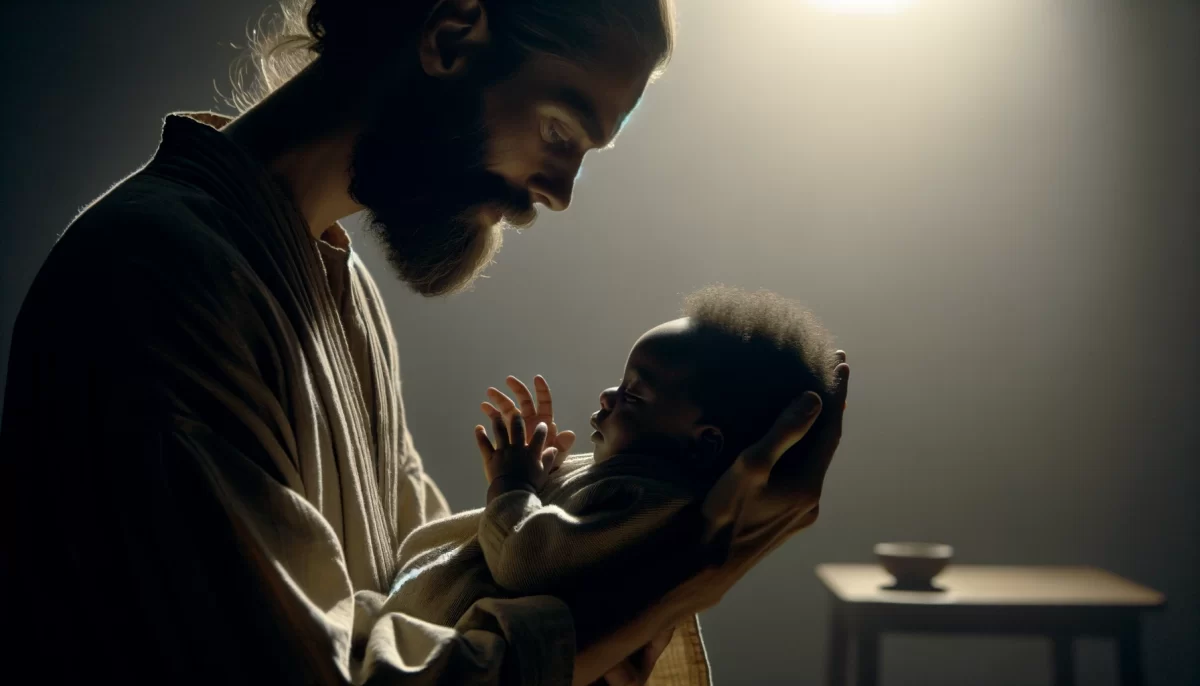






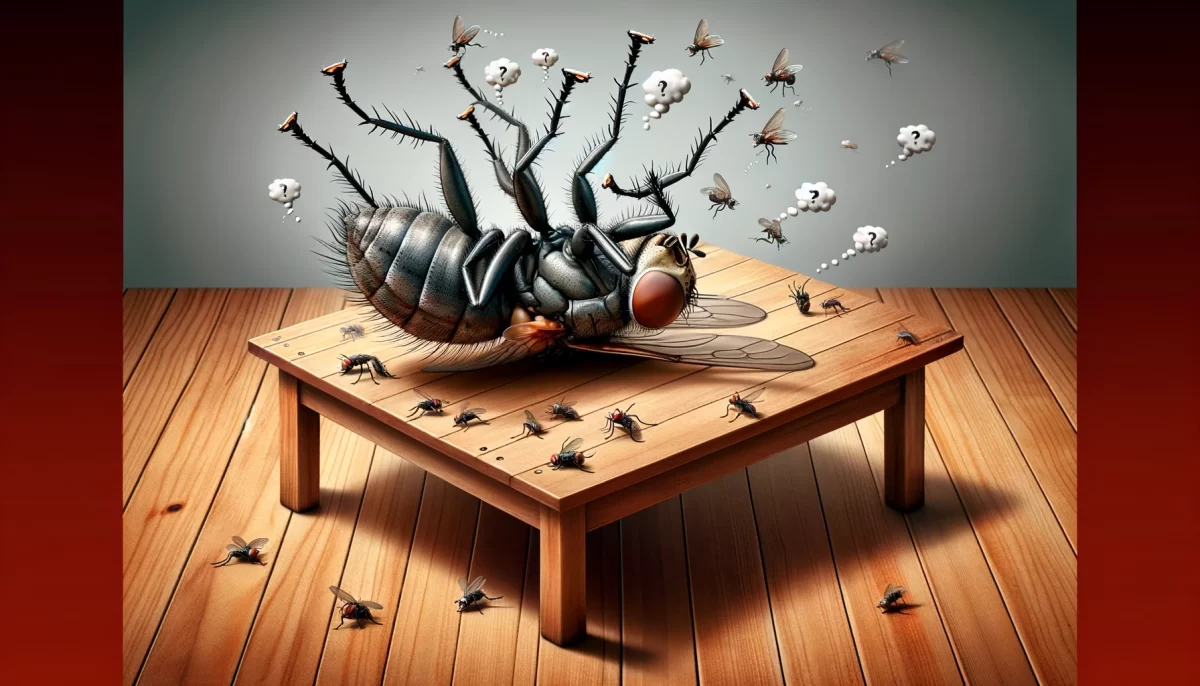


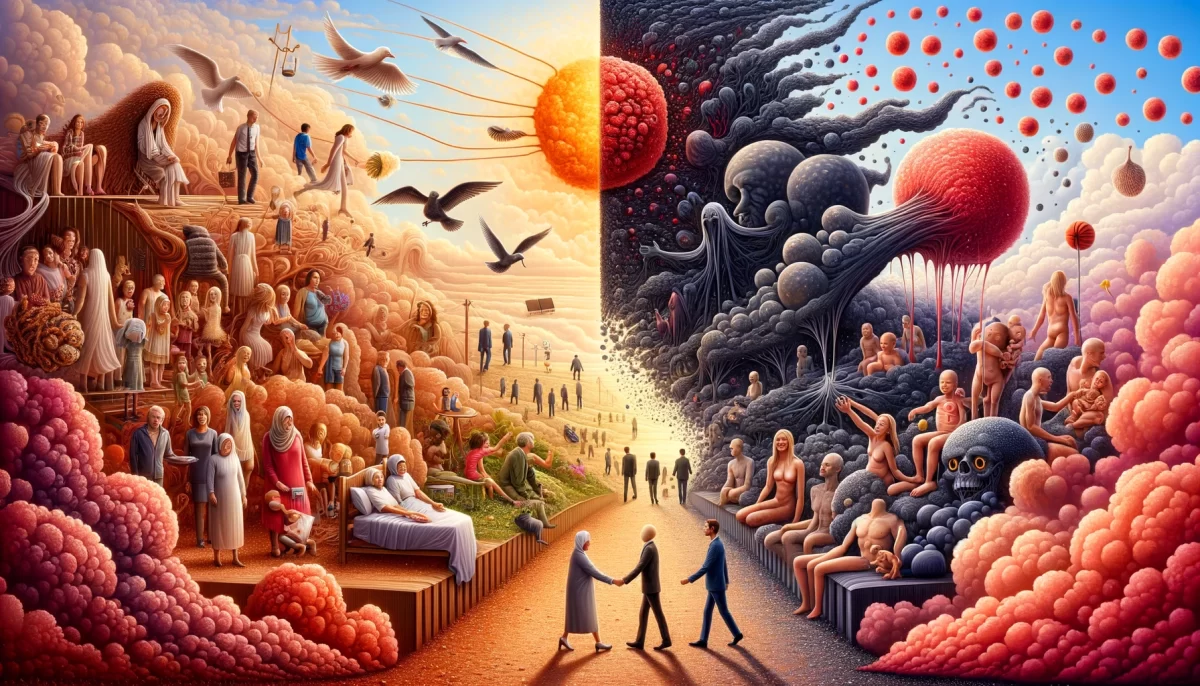






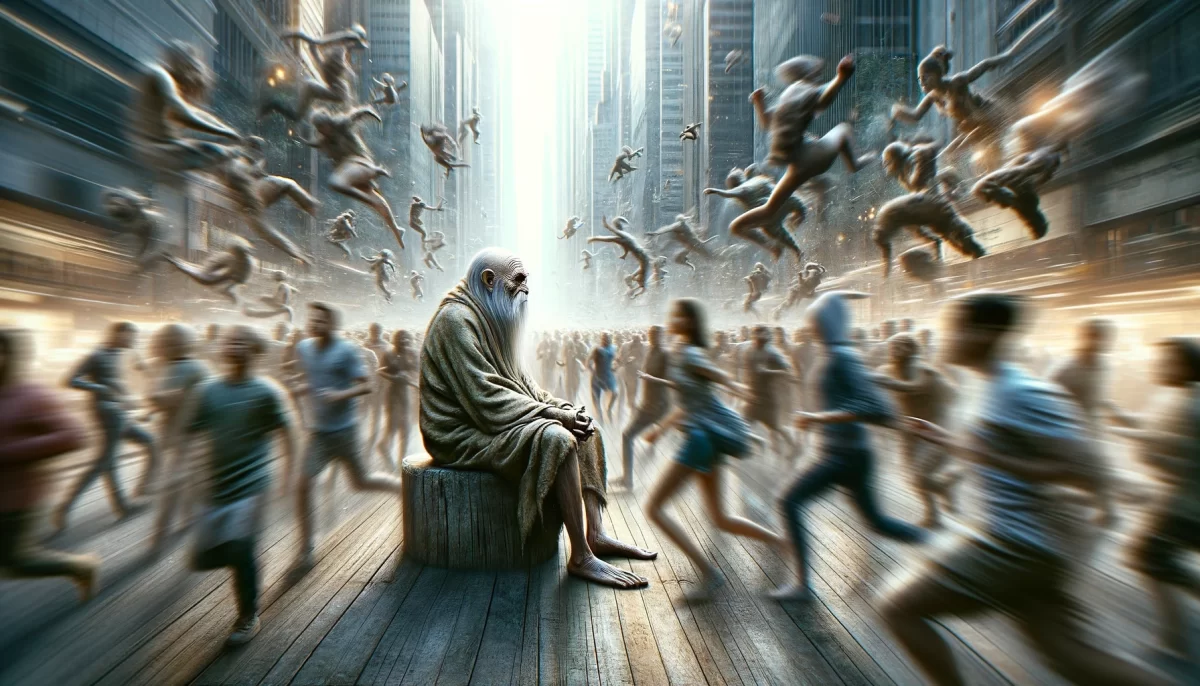







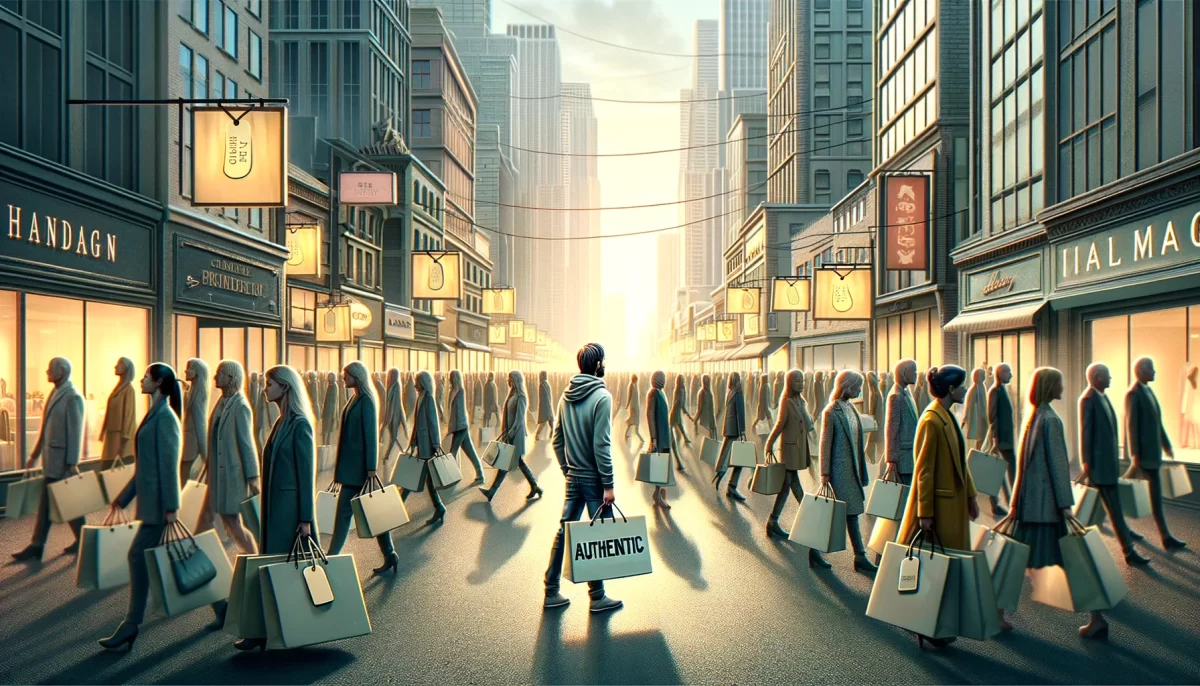








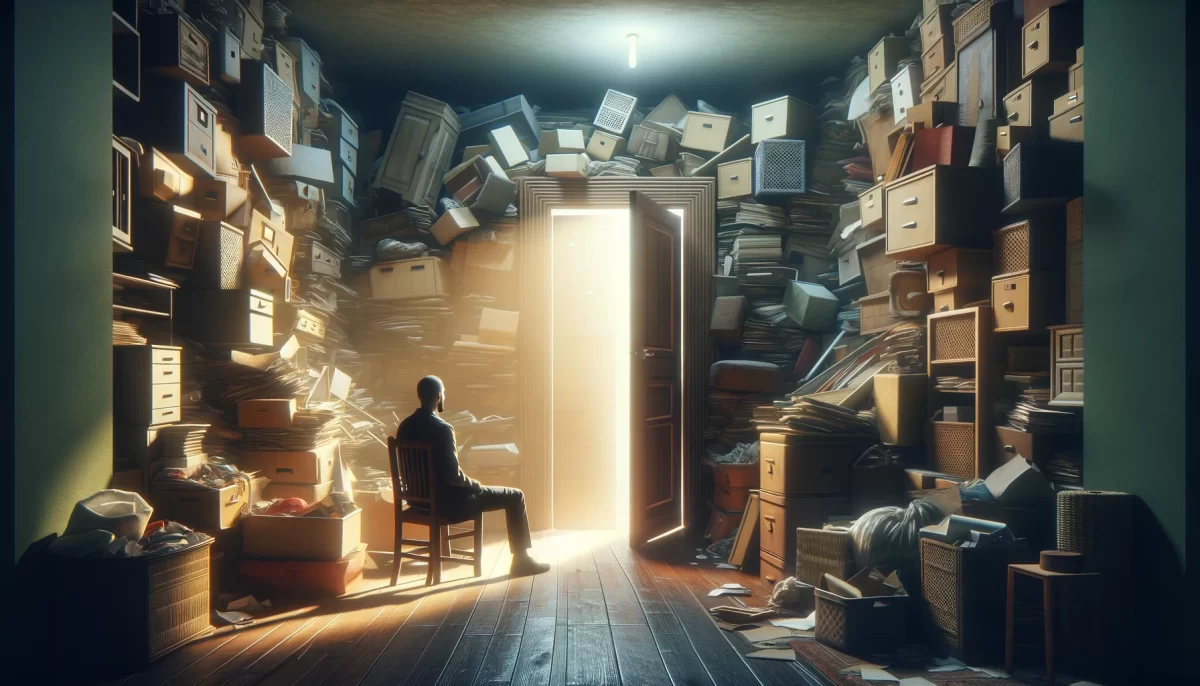
Leave a Reply